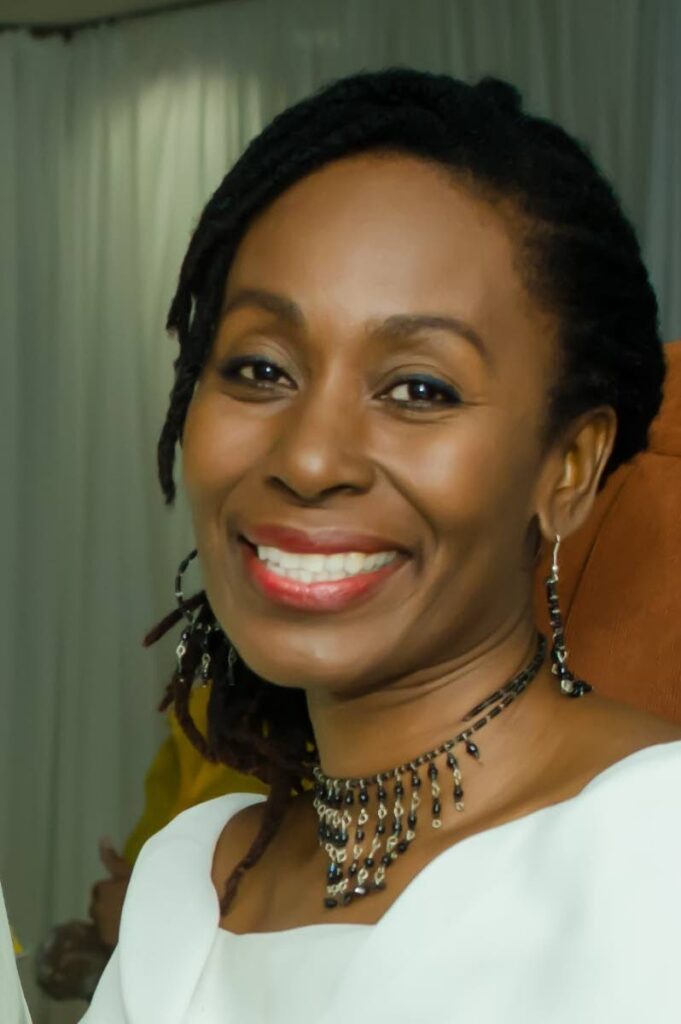The calypso tent – a space of ritual

Carnival Origins
Dara E Healy
“By the 1920s the calypso tent was born. It marked the withdrawal of the calypsonian from the streets to the concert stage. It meant the beginning of a new role for the calypsonian: the advent of the professional singer.”
– Hollis Liverpool, Rituals of Power and Rebellion
MUSIC AND song are fundamental to our Carnival. Hollis Liverpool points out that music and singing were a routine part of life in the barrack yards and gayelles. After Emancipation, bamboo seats were added to the spaces in the barrack yards that already had thatched roofs and bamboo infrastructure.
If you can believe it, the practice of having female back-up singers began as far back as that time. Yet, despite its long history, commentators as well as practitioners continue to predict the death of the calypso tent, a form of cultural expression that goes back over a hundred years.
How did the modern version of the calypso tent evolve and why should we preserve this part of our Carnival tradition?
It is heartening to see media reports that public interest in calypso tents is growing again. From humble beginnings, the tent is now a well-established business venture with brass bands, advertising, hospitality and more.
The singing of calypso can be traced back to pre-Emancipation days. Maureen Warner-Lewis has documented ancient African songs that influenced the style and structure of calypso. Enslaved Africans were forced to use their skills to create verses to convey the power of their masters. Then, calypsoes were in Patois, the nation language of ordinary citizens.
Once calypsonians were able to freely express themselves, the impact and popularity of calypso grew. The first recording of calypso music was in 1912, while the first vocal recording of a calypso was in 1914. I imagine that the growing internationalisation and visibility of the art form eventually began to attract people from other segments of society.
In 1921, Walter Douglas, a calypsonian from San Fernando, saw an opportunity. Performing under the sobriquet Chieftain Douglas, he found a way to bring more permanence and financial viability to the art of singing calypso.
Gordon Rohlehr writes that the 1880s and subsequent decades saw an increase in the business class. They agitated for political reform to make the process of doing business more efficient. There was also a growing Mulatto middle class who longed for social acceptance. In many respects they “had absorbed the values and cultural concerns of the elite.”
Certainly, these groups would not have condescended to go to the barrack yards to listen to calypso. As the baby doll masquerade testifies, they only went there for specific reasons. But I digress.
So, Douglas “borrowed tarpaulins from the railway and used gas lamps instead of the kerosene flambeaux…” He also used printed tickets. Douglas might have been inspired by commercial cabaret performances in Europe when he served as a soldier in WWI. His tent was in Port of Spain, on Duncan Street.
It may be difficult to think about a time when there were no women singing calypso, but until 1935, men dominated. In that year, Lady Trinidad, Thelma Lane, smashed the calypso glass ceiling when she began singing at Crystal Palace Tent on Nelson Street. In 1937, she also became the first woman to record a calypso.
Another factor that contributed to the protection and development of tents was the involvement of Raymond Quevedo, calypsonian Atilla the Hun. He was known for his strong views on independence, recognising calypso as the voice of the people and the need to protect cultural practitioners from censorship and police harassment.
Liverpool notes that as a legislator and practising calypsonian, Quevedo introduced a bill to amend the Theatre and Dance Halls Ordinance. The amendments gave magistrates and not the police the power to open tents. Additionally, calypsonians were allowed to appeal decisions that were not in their favour.
From the barrack yards and impoverished streets of East Port of Spain to gayelles across the country, our calypso is a song of resistance and resilience. The calypso tent, however it is reimagined, remains a space of ritual. We do not have the right to let this tradition die. We owe it to the ancestors who believed in the transformative power of calypso and to future generations in need of this healing.
Calypso is music from the yard, music from the ground. The tents have to carry it.
Dara E Healy is a performing artist and founder of the Idakeda Group, a cultural organisation dedicated to empowering communities through the arts

Comments
"The calypso tent – a space of ritual"